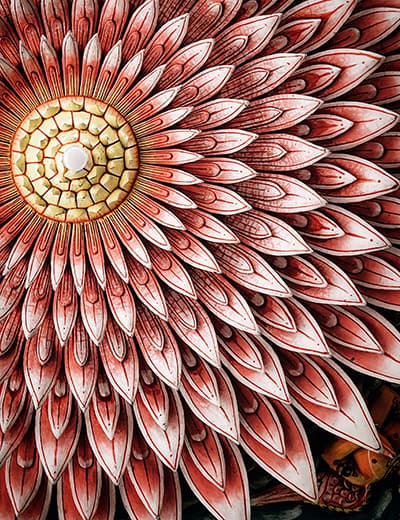
NARRATIVES
HOUSE OF TOYS
South India
The humble village knows many visitors. In Velachery, near Madurai, all come to find an icon, an idol, a doll, a toy. Someone wants to have a Ganesha holding a computer? It will be done. Someone else piously comes for a complete set of the holy family to set up a crib for Christmas? He will be satisfied in no time. The different figures, scattered in various big piles, will be swiftly collected and presented to you. Every home in this village of about sixty families is also a workshop and a showroom of clay and papiermâché figures, from tiny ones which are only a few inches in length, to six-foot tall idols that can take as many as 25 days to be completed. Entering such an amazing place can be utterly fascinating.
The atmosphere of Mrs Selvi’s home is rarefied - only a handful of people who are concentrating on work, but there are figurines scattered around the place that awakens curiosity and desire of the visitor. How can Ganesha be grey or pink or blue or green? Who do the many sitting sages with a white bun on their head represent?


The process of transforming clay into figurines is quite interesting to observe. The man’s skinny legs move rhythmically over the clay as he kneads it. His feet create a pattern of waves that embody his dance. He might have developed his own style or might be following an ancient codified tradition passed on from father to son, I will never know. By the time he has finished the clay is soft and malleable, ready to fill up the moulds that will contain it until it dries, for three days.
Whenever the figurine is ready, it is taken out and laid to rest until the painter takes over to give it colour, lustre and shine. However, the Tamil Nadu government requires Ganesha idols to be made only of mud when they are meant for immersion into water bodies; an order to check water pollution. Immersion in the sea, the ocean or a lake, is the second part of the ritual that follows parading Ganesha through the streets and then letting the idol immerse in water, symbolically sending him back to his abode in the Kailash Mountains.
“They are ecological, “says Mrs Salvi who has proudly learned the importance of this word. She is also happy to share that the government banks have helped the families to set up this business. Fifteen years ago, their pottery activity was dying for the lack of buyers, until the government lay emphasis on ecology and pollution. They never have had to go to the money lender.
She is right, I think, I will also choose from her collection and from a startled curiosity I switch to a personal involvement. I feel that my travel can contribute, though modestly, to this family’s well-being and I cherish the opportunity. Immediately, I start looking at the piles with renewed interest and I choose a bunch of handsome Ganeshas for my colleagues at work, a few idols of Durga, the goddess with the lion, to give my girlfriends, a dozen idols of sages that might come handy when I wish to invite someone to cool his temper and the holy family for my mother’s crib.



But this one, I won’t be able to gift away, I think, looking at a ten-inch, yellow and water green figure that greets me with hands joined in a namaste. This one I will keep on my bookshelf to remind me of my fascinating first journey to South India. Back in my car, moving away, I feel like a little girl who has just been in the house of toys and could take all her heart desired.
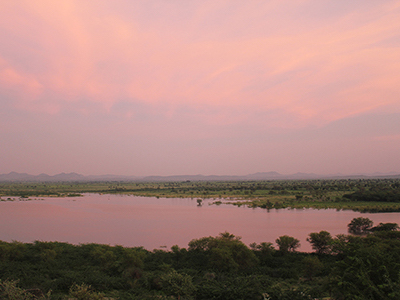
Rising With The Sun in Nimaj
Indians wake up early, often as the sun rises, to pray to the gods for a favourable day and enjoy the few hours where there is no need to hide in the shade...
Narrative • North India
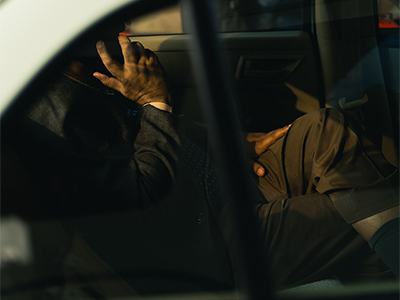
In Between Moments
Caught between beginning and completion, these moments are left to drown without second thoughts in the continuous...
Narrative • UP
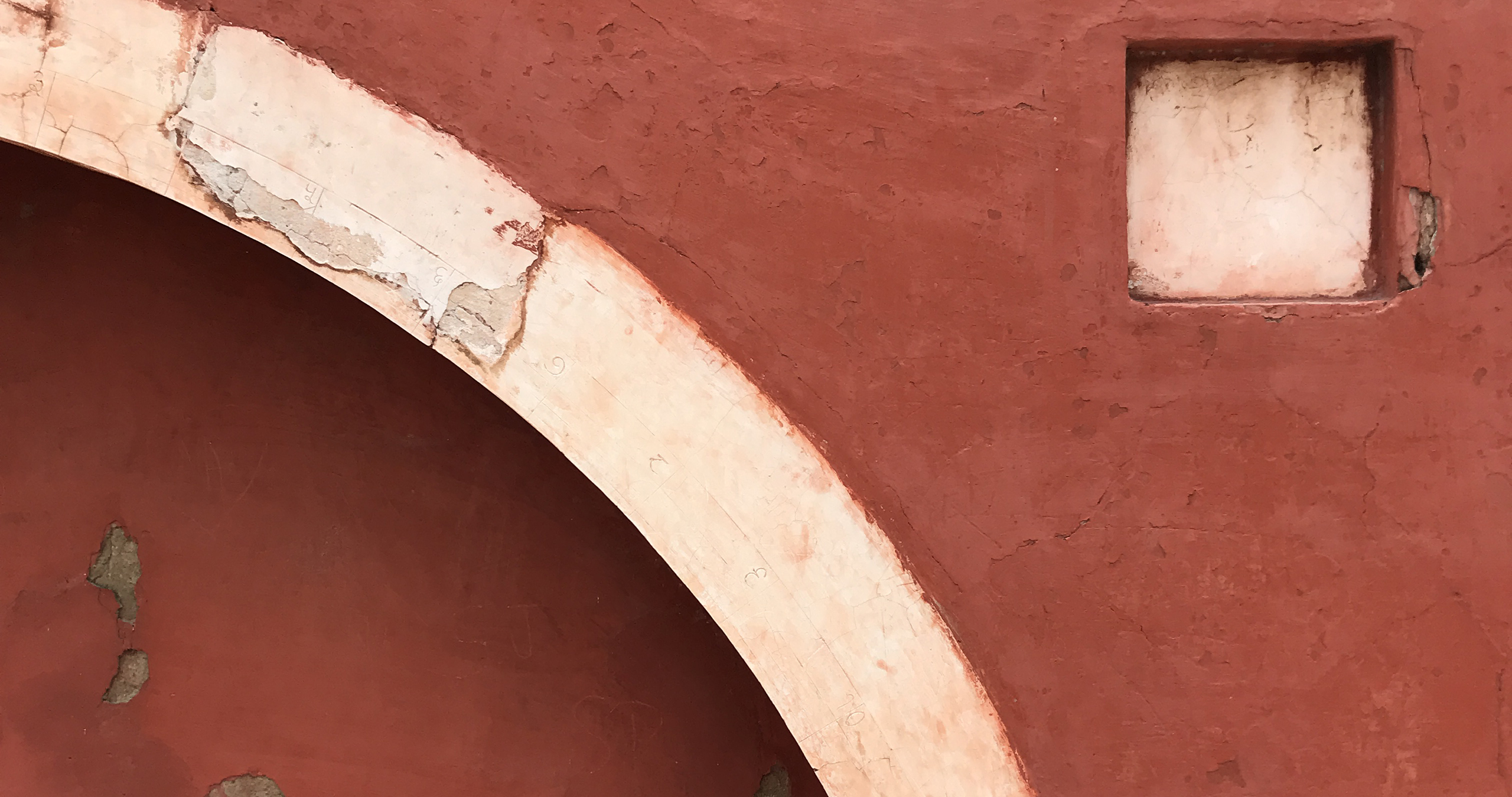
Blueprint of a Dream
To rediscover the legacy of master architects and feel the passion of such creations, we travelled to Chandigarh, Amritsar, and Delhi with Openhouse Magazine...
Behind-The-Scenes • North India
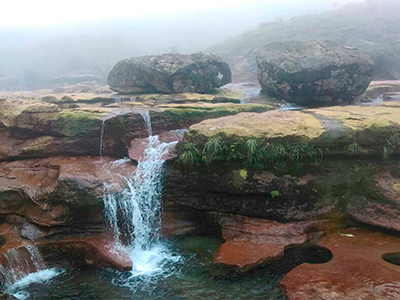
Of Myth and Mist
A classic journey exploring the many cultures that exist in Northeast India, through the states of Assam, Meghalaya, and Nagaland...
Bespoke Journey • East India
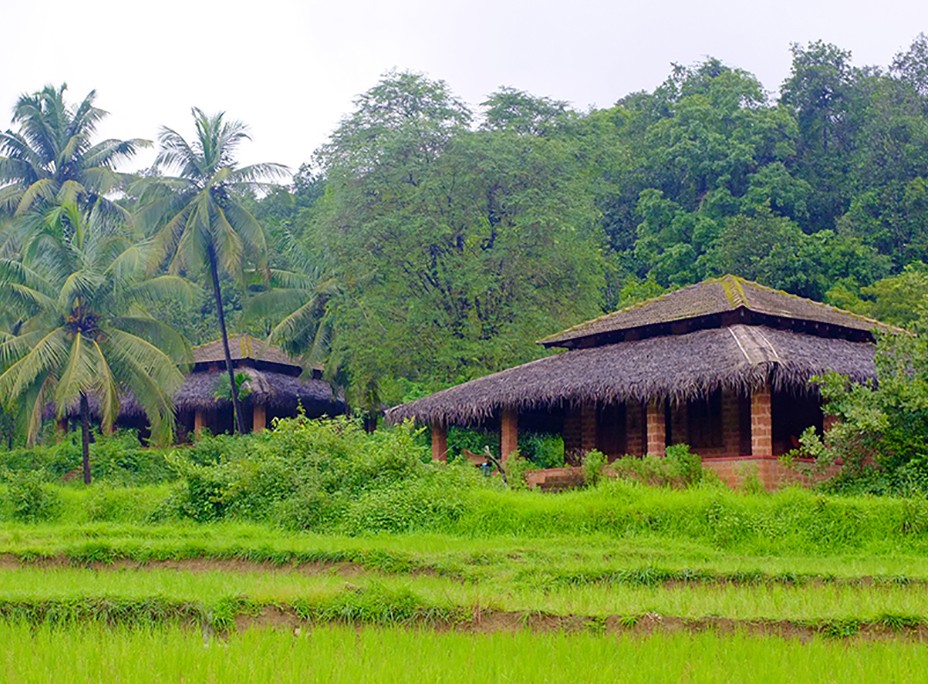
VanaVasa
VanaVasa is a Sanskrit word that translates to forest stay, which speaks volumes about this beautiful...
Hotel Guide • South India
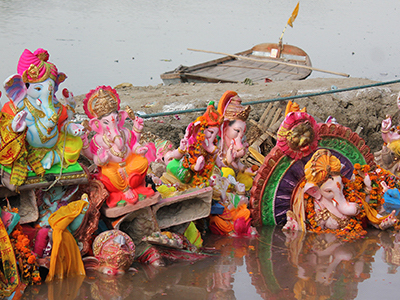
Bidding Farewell Elephant Headed God
India’s relationship with its festivals can be addictively joyous, even when it involves bidding farewell to the gods. Every year...

